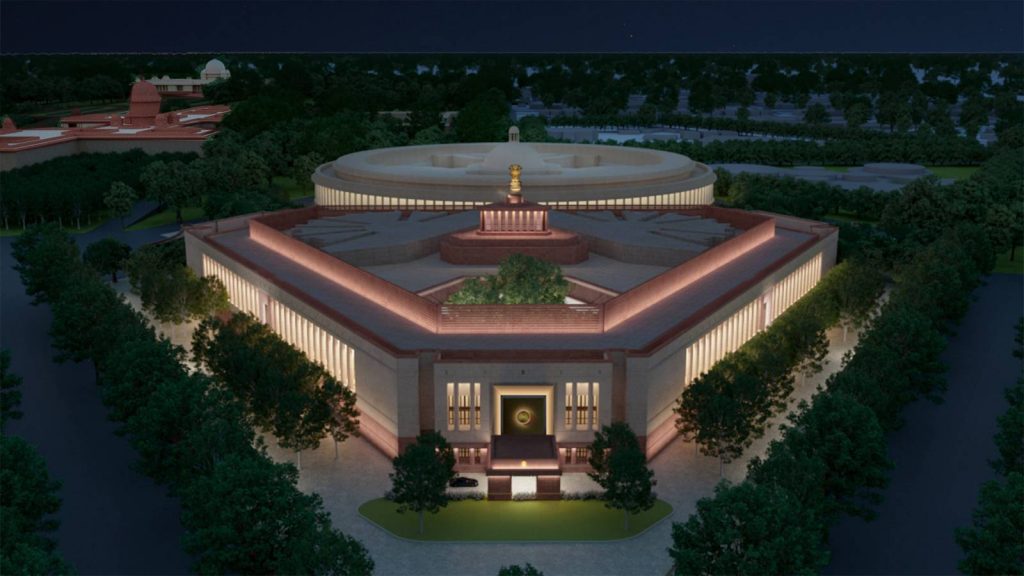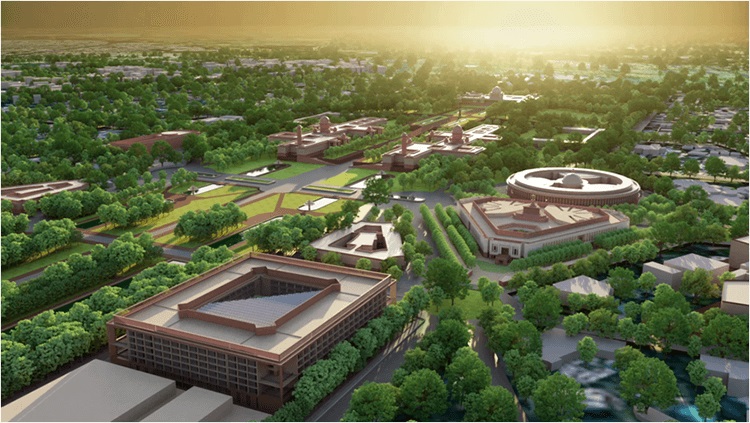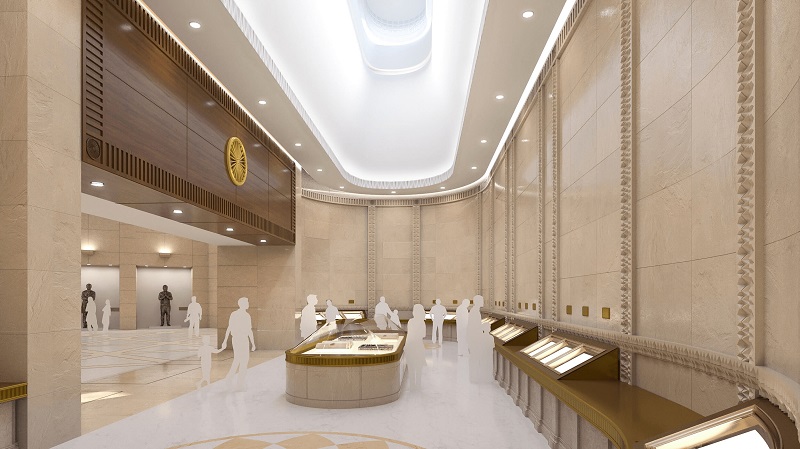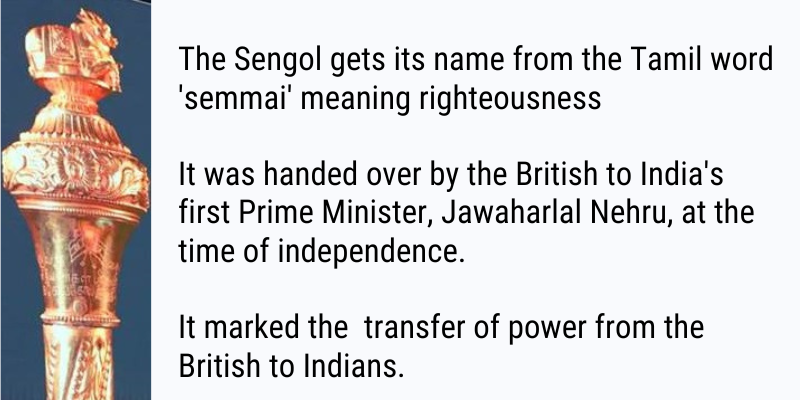Facts about India’s New Parliament Building
Written by Naina Singh, a grade 9 student.
The New Parliament building, which has four floors, has been designed by a company named HCP Design, Planning and Management. It has been constructed by Tata Projects.
Written by Naina Singh, a grade 9 student.
On the 28th of May 2023, Prime Minister Narendra Modi will inaugurate the new parliament building in New Delhi.
It’s going to be a great moment, as India gets a state-of-the-art new building. The old parliament, also a great building, will continue to function.
Here’s all you need to know about India’s New Parliament Building

Work on the new parliament began in January 2021.
The building, which has four floors, has been designed by a company named HCP Design, Planning and Management. It has been constructed by Tata Projects. The cost is said to have been around 862 crore
The building has a triangular shape and has 888 seats in the Lok Sabha chamber and 384 seats in the Rajya Sabha chamber. It is earthquake resistant, and has been constructed in a way that it will last for 150 years.
The architectural style is said to reflect those of landmark heritage buildings of India, like the Rashtrapati Bhavan
Difference between the old and the new parliament buildings
| Old Parliament Building | New Parliament Building |
| Finished construction in 1921 | Finished construction in 2023 |
| Has 543 seats for Lok Sabha members & 250 in the Rajya Sabha members | Has 888 seats in the Lok Sabha chamber and 384 seats in the Rajya Sabha chamber |
| Has three committee rooms | Has six committee rooms |
| Earthquake safety – Old one was built when Delhi was in Seismic Zone-II | New one is built based on Seismic Zone-IV activity – is Earthquake proof for today |
| Communication System was outdated | Has in-built state-of-the-art communication systems |
| Spread over 6 acres | Spread over 15 acres |
| Has a Central Hall for Joint Sessions | No Central Hall – Joint Sessions will be held in the Lok Sabha chamber |
| Was designed by British architects Sir Edwin Lutyens and Herbert Baker | Designed by Ahmedabad-based HCP Design, Planning and Management. Primary architect is Bimal Patel |
Features of the New Parliament Building

1. It’s built over an area of about 15 acres.
2. The Lok Sabha chamber is designed to look something like a peacock, India’s national bird.
Source:centralvista.gov.in
The Rajya Sabha is a similar to the lotus, India’s national flower
Source:centralvista.gov.in
3. There’s a central courtyard that will be used as an open space for meetings between members of both houses.

Source:centralvista.gov.in
4. Prominent feature is the Constitution Hall, located at the centre. A copy of the constitution will be safely placed here.

Source:centralvista.gov.in
The Sengol – what it is and why it’s important

At the time of the inauguration, Prime Minister Narendra Modi will install the sacred Sengol, next to the Lok Sabha Speaker’s seat.
What is the Sengol and why is it significant?
The Sengol is a an ornamental sceptre (like a rod) that is a symbol of Indian independence.
Here’s why
Sengol, which gets its name from the Tamil word ‘semmai’ meaning righteousness, was handed over by the British to India’s first Prime Minister, Jawaharlal Nehru, at the time of independence in 1947. It marked the transfer of power from the British to Indians.
Why did they use the Sangol to show transfer of power?
Here’s what is supposed to have happened…
The last Viceroy of India, Lor Mountbatten wanted Pandit Nehru to have a ceremony that would symbolise the transfer of power from British to Indians.
Nehru is said to have asked C Rajagopalachari, who was the last Governor-General of India, popularly called Rajaji, about an appropriate ceremony for this. The latter suggested a one that used to be performed in the time of the Chola dynasty, where the transfer of power from one king to the other was done by the blessings of priests.
Nehru agreed to this and asked Rajaji to arrange sceptre to mark the transfer. The making of the Sengol was then commissioned to a jeweller family in Chennai (the Madras) named “Vummidi Bangaru Chetty”, says the official document.
About the Sengol
Vummidi Ethirajulu and Vummidi Sudhakar – the two men who made the Sengol are still alive.
The Sengol is five feet in length and is mounted with a ‘Nandi’ bull on top, symbolising justice.
Here’s all about the Sengol.

Better Your Child’s G.K. In 3 Minutes – Get This Free Newsletter
Get fun facts, simple and easy news, quizzes, and lots of other interesting things to read in your mailbox – for free! It’s what we call GK-on-the-go!
I Kid You Not now has a large readership across India and also parts of the world. If you want to write for us, you can submit your story here. You can also apply to become a news anchor. Apply here



Comments